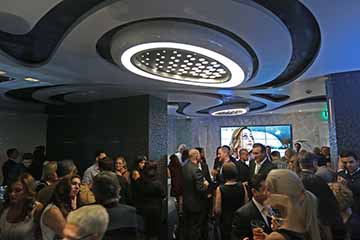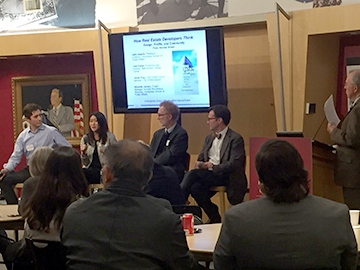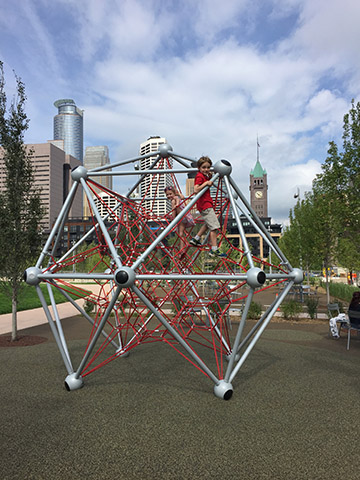IDEAS
Invest in the Public Realm
Peter Hendee Brown, Urban Development Consultant, Lecturer, Humphrey School of Public Affairs, University of Minnesota, Penn IUR Scholar
The flight to the city is on, and to enhance both productivity and quality of life in our cities, we must invest in our urban public realm. Many of the 75 million members of the millennial generation are abandoning their suburban upbringings and demanding a new urban lifestyle, complete with new real estate product types for living, working, and playing, all with an emphasis on shared social spaces — inside and out. Many of their parents — the 74 million baby boomers — are demanding similar things. Together, these two cohorts represent nearly half of our population and they will reshape our cities in powerful ways.
Cities will need to reinvest in older parks, plazas and streets, but they will also need to provide new public spaces in developing areas that never had them — waterfronts, industrial sites, rail yards, and acres of surface parking. As important will be the re-envisioning of the public right-of-way — the street — as a place that accommodates not just cars but multiple transportation modes including cars, buses, rail, and bicycles, all integrated into a pedestrian-friendly and green environment.The greening of city streets will become critical for the creation of lush and livable places while also producing social, economic, and environmental benefits.
Perhaps most important, the work of improving our public realm will require commitment to multi-disciplinary collaboration and broad and genuine stakeholder engagement processes at an entirely new level. Complicated public realm projects will require a form of project team leadership that looks more like representative democracy than a single design visionary. Facilitating this process — and successfully building this new public realm — will require uniquely skilled and open-minded planners and designers who can help us envision a better way to live together in our cities.
For the complete Penn IUR article
TEACHING
MURP Speakers Series
MURP Speaker Series Posters (PDF)
Planning and Design for the Urban Public Realm — PA 5290 (2018–2021)
The course integrates theory and practice into a framework for understanding the implementation of urban public realm projects — from inception through construction, start-up, and ongoing operations. Students will learn how planning, design, finance, and politics must be integrated into a single overarching vision if a project is to be successfully completed. See the syllabus and Student Ratings of Instructor (SRTs) for more information.
Planning Capstone Workshop
The course provides students with a framework that integrates theory and practice into a developer’s-eye-view of urban real estate development. Students will gain an understanding of the development process, real estate markets and products, the project cycle, and the developer’s motivations and decision-making process. See the syllabus
for more information.
Renowned Architect Peter Brown Inspires Students with High-Profile Project Expertise
University of Minnesota
Humphrey School News
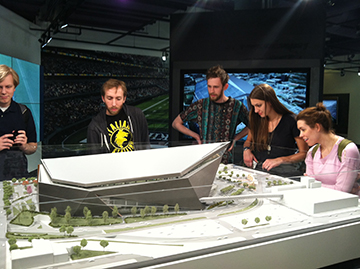
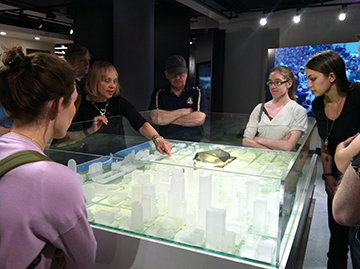


I began teaching architectural drawing as an adjunct instructor at Drexel University in Philadelphia in 1989 and I have been teaching ever since. As an instructor at the University of Minnesota’s Humphrey School (2008–present) and at the College of Design (2005–2006), I have taught Private Sector Development, Planning Capstone Workshop, Planning and Design for the Urban Public Realm, and Urban Design. I currently serve as a Visiting Professor of Practice at the Humphrey School, where I also organize a speaker series oriented towards planning students.
Over the course of my teaching career, I have taught and mentored over 600 students of planning, public policy, architecture, landscape architecture, historic preservation, and business, and I continue to enjoy seeing and working with many of my former students — now colleagues and friends — in my professional activities in the Twin Cities.
The famous Cambridge mathematician and philosopher Alfred North Whitehead believed that there was a three-stage “cycle of learning” that begins with “romance,” an interest in the subject; then leads to “precision,” learning the techniques and methods required to understand the subject; and ends with “generalization” and applying what has been learned to other areas. I endeavor to bring the spirit of Whitehead’s cycle of learning to all of my teaching.
Private Sector Development — PA 5221 (2008–Present)
The course provides students with a framework that integrates theory and practice into a developer’s-eye-view of urban real estate development. Students will gain an understanding of the development process, real estate markets and products, the project cycle, and the developer’s motivations and decision-making process. See the syllabus
for more information.

